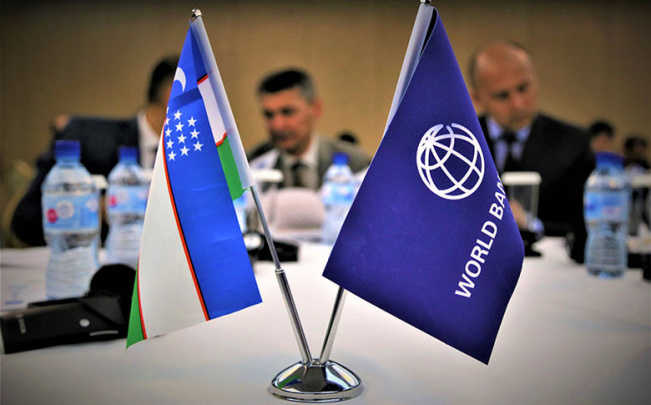Remittances to Uzbekistan reached nearly $15 billion in 2024
In the past year, remittances to Uzbekistan amounted to $14.8 billion, marking a 30% increase, or $3.4 billion more, compared to the previous year. According to the Central Bank's "Brief Overview of Foreign Exchange Operations of Individuals," the growth in remittances was particularly notable from the United Kingdom (up 83%), South Korea (up 56%), the United States (up 35%), and European Union countries (up 32%).

Of these funds, 77% came from Russia, amounting to $11.5 billion, reflecting a 29% increase from 2023. The remaining transfers were from Kazakhstan ($795 million), the United States ($577 million), South Korea ($534 million), Turkey ($405 million), the United Kingdom ($135 million), and other countries.
On a monthly basis, the largest remittance inflow occurred in July ($1.785 billion), while the smallest was recorded in February ($738 million).
Compared to 2023, there was an 83% increase in remittances from the United Kingdom, a 56% increase from South Korea, a 35% increase from the United States, and a 32% increase from European Union countries.
During this period, $8.2 billion of the funds received by individuals came through traditional international money transfer systems (a 14% increase from 2023), $5.9 billion was transferred directly to individuals' bank cards via P2P (a 51% increase), and $774 million was transferred via bank remittances (SWIFT), which is 2.1 times the previous year’s amount.
In addition, remittances sent from Uzbekistan abroad in 2024 totaled $2.8 billion, representing a 19% increase compared to 2023.
Currency exchange operations
In 2024, the total volume of foreign exchange transactions between banks and individuals increased by 19% (an increase of $4 billion) compared to 2023, reaching $25.5 billion.
During this period, individuals sold $16.1 billion worth of foreign currency to banks, which is 31% more than in 2023 ($12.3 billion). Meanwhile, individuals bought $9.4 billion worth of foreign currency from banks, a 3% increase compared to 2023 ($9.1 billion).
As a result, the volume of foreign currency sold by individuals to banks exceeded that purchased by $6.7 billion, creating an additional supply source for the domestic foreign exchange market.
Recommended
List of streets and intersections being repaired in Tashkent published
SOCIETY | 19:12 / 16.05.2024
Uzbekistan's flag flies high on Oceania's tallest volcano
SOCIETY | 17:54 / 15.05.2024
New tariffs to be introduced in Tashkent public transport
SOCIETY | 14:55 / 05.05.2023
Onix and Tracker cars withdrawn from sale
BUSINESS | 10:20 / 05.05.2023
Latest news
-
Uzbekistan tops medal table at Asian Cadet Judo Cup in Kazakhstan
SPORT | 18:42
-
Uncertainty grows as new homes remain without gas supply
SOCIETY | 17:46
-
Uzbekistan plans to launch national ferry service in Caspian Sea
SOCIETY | 16:03
-
Dozens of violations, zero accountability: Fergana police cancel fines for chief’s wife’s car
SOCIETY | 16:02
Related News

16:15 / 04.07.2025
World Gold Council: Uzbekistan tops global gold sales in early 2025

17:16 / 02.07.2025
World Bank: Uzbekistan needs more exports, less state control to sustain growth

12:15 / 02.07.2025
IMF: Uzbekistan’s public-private partnerships could burden future budgets

17:59 / 30.06.2025



